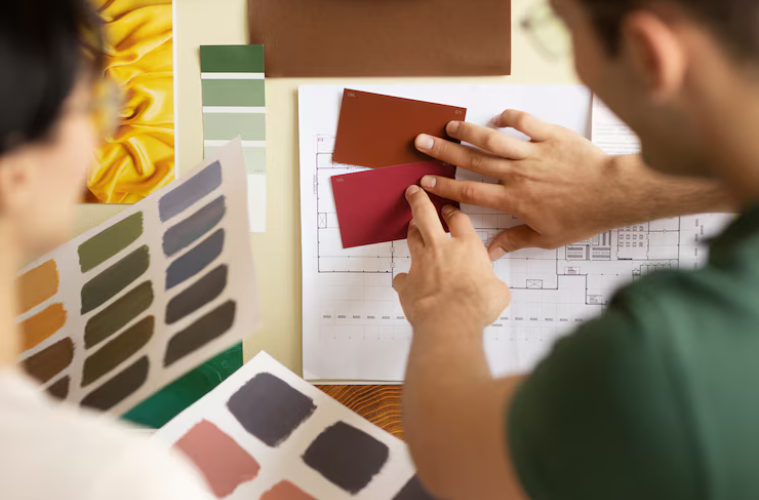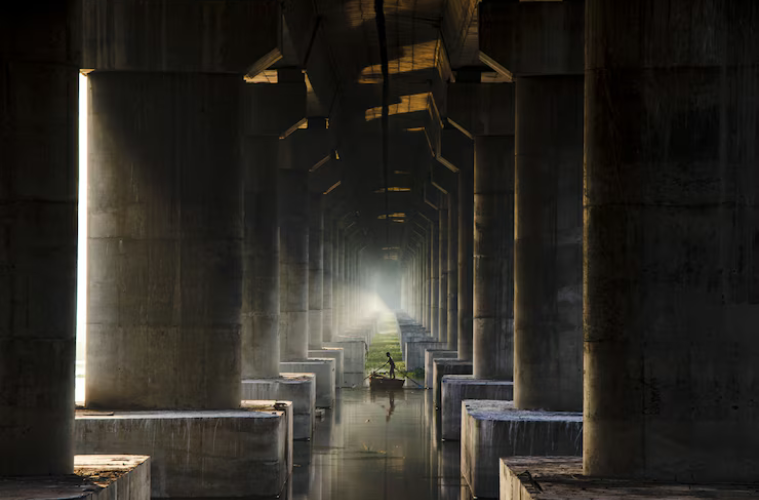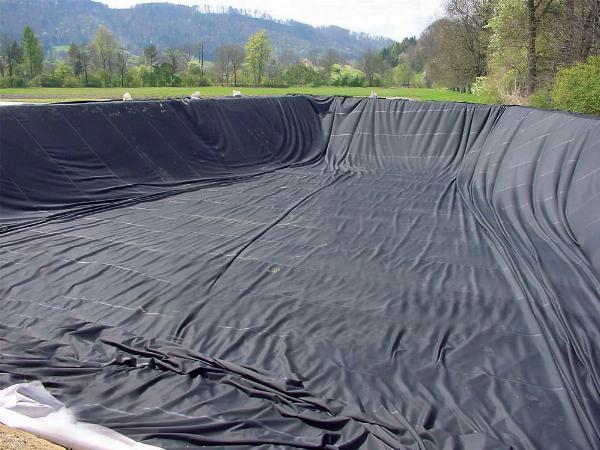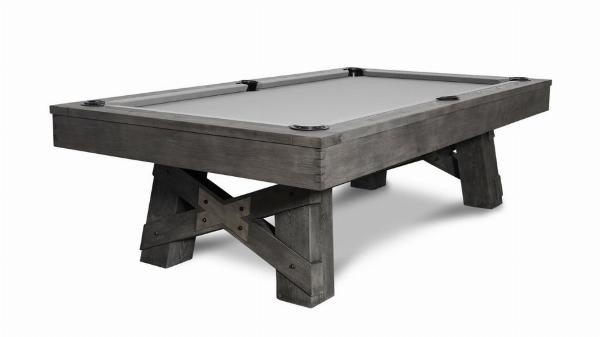Minimalism in Contemporary Design: Less Really Is More
By Suma – SEO Writer, Sustainable Design Nerd & Lover of Calm Spaces 🌿
Hey there, lovely humans 👋
I’m Suma, a content marketer who’s obsessed with everything that makes buildings not just look good, but feel good. And today, I’m diving into something close to my heart (and my Pinterest boards 😅):
Minimalism in contemporary design — not just as a style, but as a lifestyle.
Let’s be honest, in a world full of notifications, noise, and neon, minimalism feels like a breath of fresh air. It's not just about having fewer things — it's about making space for more meaning. 🧘♀️✨
What Is Minimalism in Design, Really?
Minimalism in architecture and design is all about simplicity, clarity, and intentionality. It emphasizes clean lines, open spaces, functional elements, and a “less is more” approach.
According to Wikipedia – Minimalism in Architecture, this movement took off in the late 20th century as a reaction against cluttered, ornamental design. It focuses on essentials only — and celebrates the beauty of what’s left when all the unnecessary is stripped away.
Think:
Neutral color palettes
Geometric forms
Lots of natural light ☀️
Decluttered spaces
Functional furniture that’s easy on the eyes
Minimalism isn’t boring — it’s bold in its restraint. 🙌
🏠 Why Are We So Into Minimalism in 2025?
Let’s be real — we’re overwhelmed.
From content overload to cramped city apartments, many of us crave clarity, calm, and control — and minimalist spaces give us that.
Plus, as someone who works in SEO and content, I get it: just like websites need clean UI, life needs clean design. 😌🧹
Top reasons minimalism is trending:
🌱 Rise in eco-conscious lifestyles (less stuff = less waste)
🧠 Increase in mental wellness awareness
🏙️ Smaller urban homes needing smarter space use
📸 Instagram and Pinterest aesthetics (we’ve all saved a Japandi mood board, don’t lie 😄)
🧳 Shift toward experiences over possessions
🌿 Key Principles of Minimalist Design
Here’s what makes minimalist architecture stand out (and stand still in your soul):
1. Simplicity in Form & Function
Designs that work beautifully without screaming for attention.
2. Neutral Palettes
Think whites, greys, beiges — soothing tones that create mental whitespace. 🎨
3. Quality Over Quantity
Instead of a crowded room, one well-designed piece gets the spotlight.
4. Clutter-Free Zones
Storage is smart, hidden, and intentional. (Yes, that drawer chaos needs to go. 👀)
5. Connection to Nature
Open courtyards, indoor plants, stone, clay, bamboo — anything that makes us breathe better.
🏡 Minimalism in India? Oh Yes, It's Happening!
Minimalism isn’t “foreign.” India’s ancient architecture was often deeply austere, functional, and nature-centric.
✨ Case in Point:
The Indian Architecture (link) features incredible examples of contemporary Indian minimalist homes using:
Mud walls
Local stone
Open courtyards
Light-filled interiors
We’re seeing a return to vernacular minimalism — not cold, sterile glass boxes, but warm, earthy, soulful spaces.
🔍 SEO Tip Time! (Because I’m Still an SEO Nerd 😎)
If you’re writing content on this, weave in:
“contemporary minimalist architecture”
“modern minimalism in interior design”
“minimalist home ideas India”
“less is more design philosophy”
“sustainable minimalist living”
And you can pitch pieces like these to platforms like Write for Us Architecture. They love thoughtful, well-researched submissions.
✅ Pros and ❌ Cons of Minimalism in Design
✅ Pros
❌ Cons
🌿 Promotes mental clarity
🤍 Can feel too sterile if not balanced
🧼 Easier to clean and maintain
🪑 Finding functional yet aesthetic furniture = tricky
🛋️ Maximizes small spaces
💸 High-quality “minimalist” items can be expensive
🌎 Aligns with sustainability
👨👩👧 May not suit clutter-loving, sentimental families 😅
It’s not for everyone. But when it works — it really works.
🔥 Minimalism Isn’t Just About Less Stuff — It’s About More Meaning
Here’s the thing:
Minimalism doesn't mean empty spaces and no personality.
It means making space for what truly matters — light, air, peace, intention, and you.
A minimalist room with a bold art piece? Stunning.
A bare kitchen with one vibrant ceramic bowl? Iconic.
A quiet bedroom with sunlight pouring in? Pure therapy.
Minimalism is the space between the noise, and in that space — we breathe, create, feel.
👩💻 Suma’s Take: Why I’m Drawn to Minimalism (Even If I Love Color)
I won’t lie — I’m a sucker for a bold wallpaper moment. But when it comes to how I work, live, and think — minimalism just makes sense.
As a content strategist, I often tell clients:
🧠 “Clear messaging connects better.”
Similarly, in design:
🏡 “Clear spaces feel better.”
Minimalism makes me feel like I can focus. Like I can exhale.
And in a world where we’re always rushing — that stillness is sacred.
🔗 Useful Links to Explore
📖 Wikipedia – Minimalist Architecture
🇮🇳 The Indian Architecture – Earthy Minimalist Projects
✍️ Write for Us Architecture – Share Your Voice
🏁 Final Thoughts: Design Less. Feel More.
Minimalism isn't the absence of design — it’s the presence of intention.
It’s about choosing every corner, color, and material with care — not to impress, but to express clarity, comfort, and consciousness.
So whether you’re redoing your room, writing your next design blog, or just Marie-Kondo’ing your life — let minimalism guide you toward more peace, more purpose, and more light. 🌞🕊️
With clean lines and clear minds,
Suma
Minimalist-at-heart | SEO Storyteller | Lover of Quiet Spaces 🤍📐








In contemporary design, minimalism not only streamlines aesthetics but also enhances functionality; less truly is more in achieving a compelling and clutter-free aesthetic experience.
The essay, 'Minimalism in Contemporary Design: Less Really Is More,' compellingly elucidates how a refined simplicity drives innovation and enhances aesthetic appeal across various design disciplines.
In the realm of contemporary design, minimalism transcends mere simplicity to Maria Popkin for her offering a holistic aesthetic philosophy that welcomes 'less really being more' in streamlining aesthetics and functionality.
With its emphasis on simplicity and functionality, Minimalism in Contemporary Design makes a compelling case for the idea that less truly is more. By removing superfluous details to focus only what's necessary it enhances aesthetic appeal while fostering practicality.
In the realm of contemporary design, minimalism transcends simplicity to offer a powerful aesthetic where form follows function and less really is more, creating an elegant harmony between nature's essence art indeed.
In the realm of contemporary design, minimalism stands as a testament to how ‘Less Really Is More’; it purifies aesthetics for enhanced functionality and emotional resonance.
In the realm of contemporary design, minimalism triumphs as a testament to 'Less Really Is More,' offering its admirers unparalleled aesthetics and functionality in harmony with nature's effortless beauty.
In the realm of contemporary design, minimalism offers a profound insight that 'less is indeed more,' fostering an atmosphere of tranquility and clarity through its striking simplicity.
In contemporary design, minimalism proves that simplicity is the ultimate sophistication: Less clutter equals greater impact.
The essence of contemporary design, as exemplified in Minimalism's ideology—less really is more. This minimal approach to creativity not only streamlines aesthetics but also deepens the connection between object and emotion.
In the realm of contemporary design, minimalism presents a philosophy where 'less is truly more,' evoking an aesthetic experience that celebrates simplicity and elegance in its purest form.
Minimalism in contemporary design: A paradigm shift that demonstrates how less can truly be more, enhancing aesthetics and functionality through meticulous subtraction.
In the realm of contemporary design, minimalism translates not just into aesthetic simplicity but also enhances functionality through its phrase—'Less is truly More.'
Contemporary design, defined by minimalism in 'Less Really Is More,' achieves a harmony of simplicity and elegance that enhances aesthetics while promoting efficient living.
In the realm of contemporary design, minimalism is a testament to how 'less really can be more,' fostering an aesthetically pleasurable and functionally-rich environment that enhances our lives without clutter.
I embrace the concept of minimalism in contemporary design as exemplified by its maxim that less really is more. It frees up visual space, enhances functionality without cluttering aesthetics and encourages mindful living through focused simplicity.














